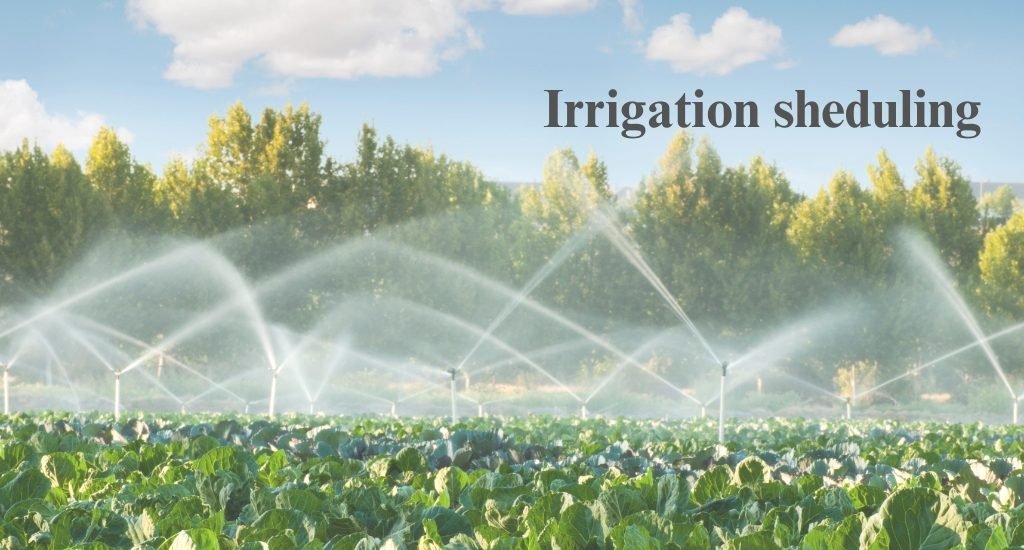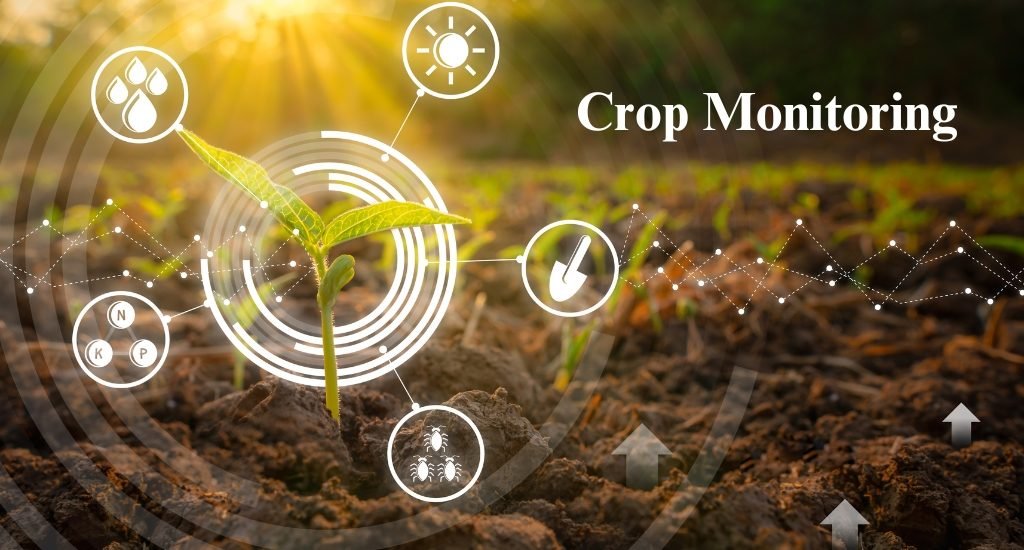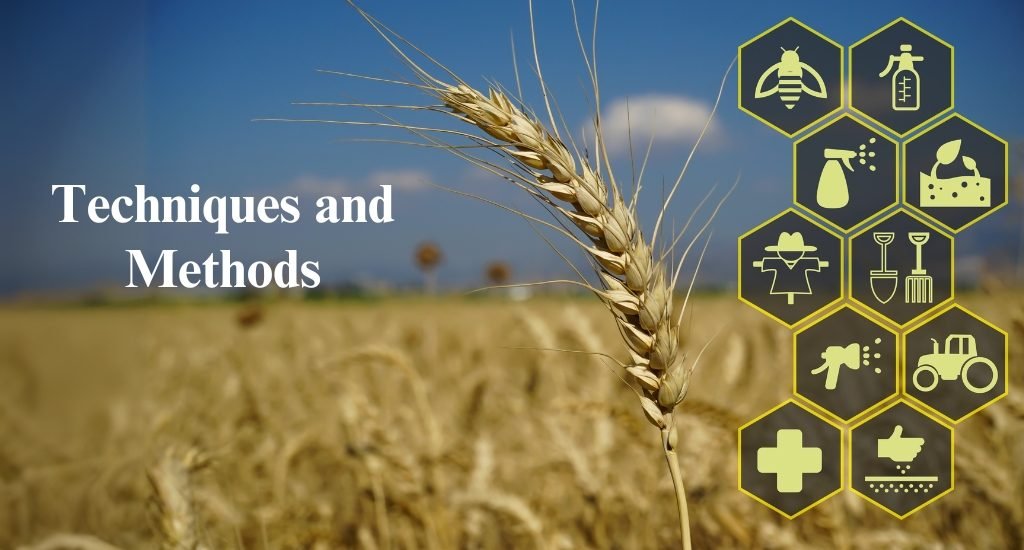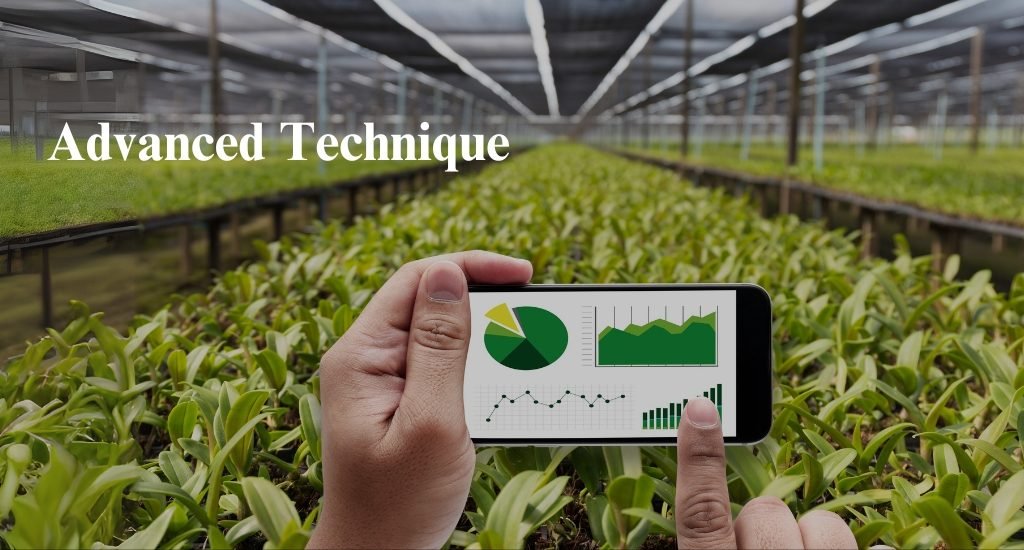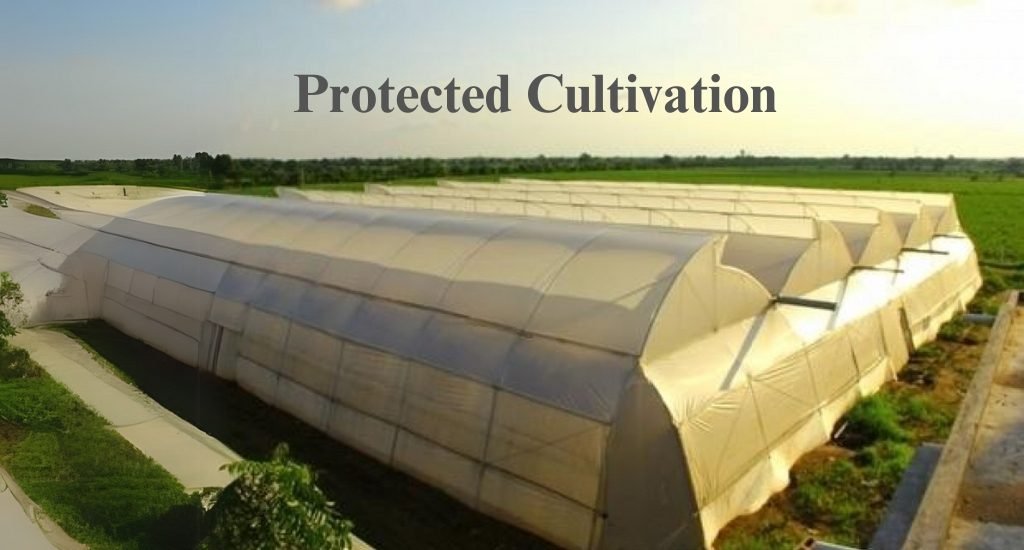Precision Agriculture
What is Precision Farming?
Precision Farming is a smart way to grow crops using the latest technology. It means using tools like sensors, GPS, and computers to collect information about soil, water, weather, and plants. With this data, farmers make better decisions to get more crops, use less water and fertilizers, and earn more. Key Parts of Precision Farming GPS and Mapping: GPS helps make clear maps of farm fields, showing where crops grow best. Sensors: Special devices check the soil’s water, temperature, and nutrients. Data Study: Computer programs show what is good or what needs fixing. Automation: Machines and robots help in planting, watering, and harvesting with less hard work. Benefits of Precision Farming More Crop and Profit: Healthy crops give higher yields and better prices. Save Money and Nature: Use only needed water, fertilizers, and seeds – less waste, less harm. Easy Management: Understand what your farm needs and act quickly. Sustainable Farming: Good for the environment and future farming generations. Where Can Precision Farming Help? Crop Care: From planting to harvest, data helps grow better crops. Soil Health: Apply the right fertilizer only where needed, keep soil strong. Water Use: Give just enough water; save every drop. Animal Care: Even animals can be cared for better by tracking their health. Challenges and What’s Next Data Handling: So much information – learning how to use it is important. Different Machines: Making sure all equipment works together smoothly. Security: Keep farm data safe from hackers. Learning Precision Farming: Farmers need training and support to use these tools. Precision Agriculture is for everyone. Whether you have a small field or large farm, these smart tools can help you grow more with less effort!
For farmers looking for the latest updates and practical guides on topics like Irrigation Scheduling, Crop Monitoring, Techniques and Methods, Advanced Technology, and Protected Cultivation, all related and updated information is available on All about agriculture.
Irrigation scheduling is the process of planning and managing irrigation water applications to optimize crop growth, reduce water waste, and minimize environmental impact.
Importance of Irrigation Scheduling
- Water Conservation: Irrigation scheduling helps reduce water waste by applying the right amount of water at the right time.
- Crop Yield and Quality: Proper irrigation scheduling ensures crops receive the optimal amount of water, leading to improved yields and quality.
- Energy Savings: By reducing water waste, irrigation scheduling can also lead to energy savings.
- Environmental Protection: Irrigation scheduling helps minimize the environmental impact of irrigation by reducing runoff, leaching, and soil erosion.
Crop monitoring is the process of observing and analyzing crop health, growth, and development to optimize crop yields, reduce losses, and promote sustainable agriculture.
Importance of Crop Monitoring
- Improved Crop Yields: Crop monitoring helps identify potential issues, enabling farmers to take corrective action and optimize yields.
- Reduced Crop Losses: Regular monitoring detects pests, diseases, and nutrient deficiencies, allowing farmers to take action before damage occurs.
- Enhanced Crop Quality: Crop monitoring ensures crops meet quality standards, improving marketability and profitability.
- Sustainable Agriculture: Crop monitoring promotes sustainable agriculture by optimizing water, fertilizer, and pesticide use.
Techniques
- Global Positioning System (GPS): Using GPS to accurately locate and map fields, crops, and soil types.
- Geographic Information System (GIS): Using GIS to analyze and visualize spatial data, such as soil type, crop yield, and weather patterns.
- Remote Sensing: Using remote sensing technologies, such as satellite and aerial imagery, to monitor crop health, growth, and development.
- Soil Sensing: Using soil sensors to measure soil moisture, temperature, and nutrient levels.
- Crop Sensing: Using crop sensors to measure crop growth, development, and health.
- Precision Irrigation: This involves using sensors, GPS, and mapping technology to optimize water application and reduce waste. Precision mobile irrigation systems can save 30% to 50% of water use compared to traditional irrigation methods.¹
- Variable Rate Technology (VRT): This enables farmers to apply inputs, such as fertilizers and insecticides, at varying rates depending on the specific requirements of different locations within a field.²
- Soil Sensors: These sensors monitor moisture levels, nitrogen levels, and other elements that promote crop growth, allowing farmers to optimize fertilization and irrigation.
Protected cultivation refers to the practice of growing crops in a controlled environment, such as a greenhouse, tunnel, or shade house, to protect them from adverse weather conditions, pests, and diseases.
Benefits of Protected Cultivation in Precision Farming
- Year-Round Production: Protected cultivation allows for year-round production, regardless of the weather conditions outside.
- Improved Crop Quality: Protected cultivation provides a controlled environment, which leads to improved crop quality and reduced spoilage.
Frequently Asked Questions
What is site-specific crop management in precision farming?
Site-specific crop management means you treat each part of your field based on its own needs. You gather data on soil, moisture, and nutrients using tools like GPS and field sensors. Then you apply the right amount of seed, water, or fertilizer exactly where it’s needed. This cuts waste, lowers costs, and boosts yields across the farm.
How do drones help with precision agriculture?
Drones fly over your fields and take detailed pictures and videos. They show you where plants look weak, where pests might be hiding, and how crops grow over time. With this bird’s-eye view, you spot problems early, plan treatments faster, and protect your harvest from big losses.
What is variable rate technology (VRT)?
Variable rate technology lets you spread seeds, fertilizers, and chemicals at different rates in different spots. A VRT machine reads a map of your field and adjusts its output on the go. This means you never overapply or underapply – saving money and improving plant health.
Which software tools are most popular in precision farming?
Farmers use simple phone apps or desktop software to:
- i. Map fields
- ii. Track input costs
- iii. Monitor weather in real time
- iv. Analyze yield data after harvest
These tools give clear advice: when to plant, irrigate, or spray, so you make smarter decisions quickly.
How do sensors work in the field?
You place sensors in the soil or on plants to measure moisture, temperature, and nutrient levels automatically. They send this data to your phone or computer. You know exactly when to water or fertilize – no guesswork, no wasted resources.
Can livestock farmers use precision agriculture?
Absolutely. You can fit animals with smart collars or ear tags that track:
- i. Feeding habits
- ii. Body temperature
- iii. Movement patterns
This alerts you to sick or stressed animals right away, improves milk or meat quality, and cuts vet bills.
What is auto-steering technology in tractors?
Auto-steering uses satellites (GPS) to drive tractors in perfectly straight lines or precise curves. It eliminates overlap and missed strips when plowing, planting, or spraying. You save fuel, time, and inputs, while your field looks cleaner and more uniform.
How does precision farming support sustainability?
Precision farming helps you use only what your crops need – no more, no less. This preserves water, reduces soil erosion, and keeps chemicals from running off into rivers. Over time, you build healthier soil, protect the environment, and leave the land in better shape for the next generation.
Does precision farming improve climate resilience?
Yes. By tracking soil moisture and weather patterns, you can adapt quickly to droughts, floods, or heatwaves. Smart irrigation and crop-stress maps help you save water and reduce crop losses. You become more flexible, ready for unpredictable weather caused by climate change.
Are there government incentives for precision agriculture in India?
The Indian government offers several schemes, such as:
- i. Subsidies on drones and sensors
- ii. Low-interest loans under the Agri Infrastructure Fund
- iii. Grants for smart irrigation systems
Farmers, farmer producer organizations (FPOs), and self-help groups can apply for support to get started.
Is precision agriculture only for large farms?
Not at all. Many tools – like smartphone apps and small soil sensors – are affordable for small and marginal farmers. You can begin with a single sensor or a basic app, learn how it works, and then expand gradually. The technology scales to fit any farm size and budget.
What new trends are shaping the future of precision farming?
Watch for:
- i. Artificial intelligence that predicts disease outbreaks
- ii. Blockchain systems that track crop origin and quality
- iii. Internet of Things (IoT) networks linking every sensor on your farm
- iv. Robotic machines for planting, weeding, and harvesting
These advances will make farming more efficient, transparent, and profitable for everyone.
